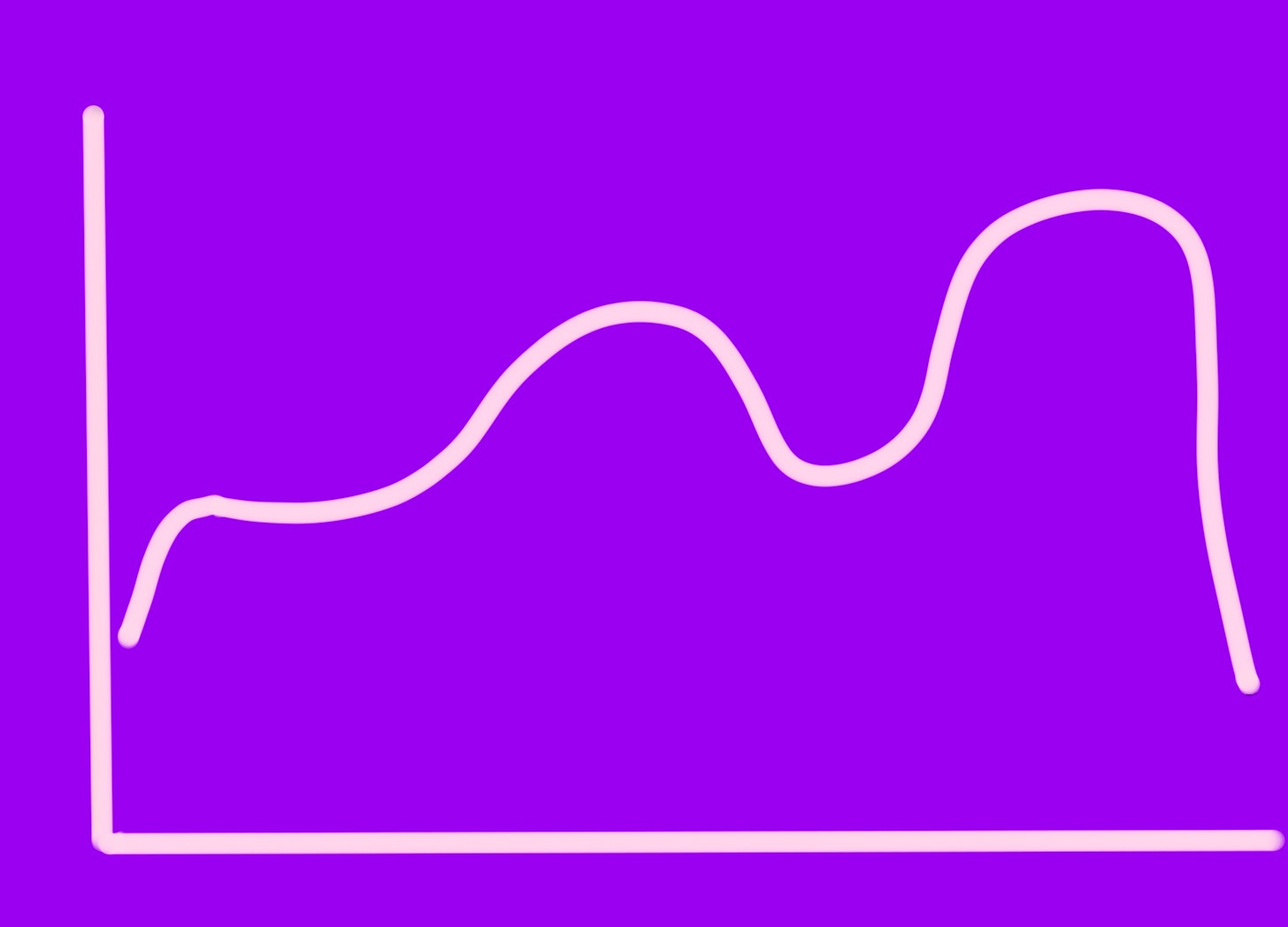Hearing well-crafted songs with peaks and troughs makes it all the more wonderful to listen to. But what do I mean, exactly, by peaks and troughs? There are two kinds:
Music–The term "peak" refers to the highest point of a song's melody, while the term "trough" refers to the lowest point. By understanding how to identify and utilize these elements in your songwriting, you can create a more dynamic and interesting musical composition.
Lyric–When writing lyrics, the words you choose will set the tone and convey the message of your song. And while there are no rules when it comes to writing lyrics, peaks and troughs refer to the high and low points in your song.
The highs are the exciting or emotional moments, while the lows are the more introspective or reflective moments. By alternating between these two states, you can create an engaging and meaningful song.
So, how do we craft songs with the appropriate peaks and troughs? The following might help.
Five Tips
Here are five tips for using peaks and troughs in your songs:
Use peaks to add excitement–If you want to create a song that is high energy and upbeat, then use peaks to add excitement. Highlight the positive moments and let the music and the lyrics convey the feeling of joy!
Use troughs to add depth–If you want to create a more reflective or introspective song, then use troughs to add depth. These low moments can be used to explore the darker side of your lyrics and to really connect with your listeners.
Find the balance–It's important to find a balance between peaks and troughs in your song. If you have too many highs, then the song may feel scattered and overwhelming. If you have too many lows, then the song may feel depressing and lackluster. Find the right mix of peaks and troughs to create a song that is both engaging and meaningful.
Use transitions–Transitions are key when using peaks and troughs in your song. These moments can help to connect the different parts of your song and to keep the listener engaged, for example, when the Bridge goes to a different musically and lyrically space before coming back to the Chorus.
Experiment–Don't be afraid to experiment with peaks and troughs in your song. This is a flexible technique that can be used in many different ways. So play around with it and see what works best for your song.
For example, here’s what it could look like on a graph:
Examples
Here are some interesting commercial examples:
A good example of using peaks and troughs to create excitement is in the song "Can't Stop the Feeling!" by Justin Timberlake. The song starts with a low, introspective verse before building to an exciting and high-energy chorus. This contrast between the lows and highs creates a song that is both catchy and emotional.
Another example of using peaks and troughs to add depth is in the song "Hello" by Adele. The song starts with a high, emotional chorus before going into a low, introspective bridge. This contrast between the highs and lows allows Adele to explore different emotions within the same song.
And finally, an example of finding the balance between peaks and troughs is in the song "All of Me" by John Legend. The song starts with a high, emotional chorus before going into a low, introspective verse. However, the song never gets too low or too high, which creates a song that is both beautiful and balanced.
Peaks and troughs are a great way to add excitement and depth to your lyrics and music. By alternating between these two states, you can create a song that is both engaging and meaningful. So, don't be afraid to experiment with this technique and see what works best for your song.
Questions
Here are some questions you might want to consider when using peaks and troughs in your songwriting:
What feeling are you trying to create with this song?
What kind of journey do you want your listener to go on?
How can you use both peaks and troughs to create that feeling or take the listener on that journey?
What transitions can you use to move between the peaks and troughs?
Hope this helps!
Simon



